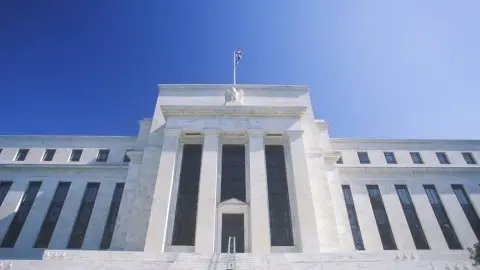ECB: Mario strikes again
ECB president Mario Draghi moves financial markets again, opening the door wide for new monetary stimulus. Today's speech marks a remarkable u-turn for global central banks, but only time will tell if this unprecedented activism was genuinely ahead of the curve or just sheer panic
After Benoit Coeure's rather dovish interview with the Financial Times, suggesting that “at some point during our next few meetings, we might very well be facing a situation where risks have materialised”, ECB president Mario Draghi went one step further with his speech in Sintra today.
There should more no more doubts about the ECB’s determination to act. In fact, the major question is no longer what it would take the ECB to cut rates but rather what it would take the ECB not to cut rates. Next steps could follow as soon as at the July meeting.
In Draghi’s Sintra speech, the economic assessment was a bit more downbeat than during the press conference after the June meeting. While less than two weeks ago, “the euro area expansion will continue to be supported by favourable financing conditions, the mildly expansionary euro area fiscal stance, further employment gains and rising wages, and the ongoing – albeit somewhat slower – growth in global activity”, Draghi today talked about indicators for the coming quarters pointing to lingering softness. From which follows that “In the absence of improvement, such that the sustained return of inflation to our aim is threatened, additional stimulus will be required”.
On top of that Draghi hinted that the ECB might interpret its medium-term inflation objective of below but close to 2% as an average, meaning that inflation would have to be above that level at some time in the future.
Draghi’s language on additional easing measures was also more explicit than two weeks ago. “Mentioned by some Governing Council members” rate cuts and a restart of QE were today confirmed as possible actions. While two weeks ago it sounded as if only some ECB members had started to dig back into the ECB’s toolkit, Draghi today opened the toolkit, showcasing it to financial markets.
Rate cut coming - as early as July?
As already concluded after the last ECB meeting, the ECB is in our view only one economic slip away from further easing. After today’s comments, it even looks as if it would require a clear positive surprise for the ECB not to act. Consequently and given the fast pace of communication changes, a rate cut in July can no longer be excluded. In a more normal world, the ECB would like to wait until the September meeting, when not only 2Q GDP will have been released but when also a fresh round of staff projections will be available. However, the world is not normal. In case of another batch of disappointing sentiment indicators next week, the Fed opening the door to a July rate cut and further escalation of the trade conflicts, a July cut looks likely. If one or more of these factors surprises to the upside, September looks more likely.
One might wonder why the ECB is so alarmed, in a situation when the economy is still growing and unemployment rates are at their lowest levels in a decade. The answer is that the ECB is completely focused on the inflation outlook. As long as the longer-term inflation outlook is significantly below 2%, the ECB in its current line-up will continue doing whatever-it-takes.
The Sintra speech also made clear that the ECB is somewhat caught in its own success. Draghi today was very vocal, putting pressure on governments to step in with fiscal policy. Even though he would never admit it, before going where no European central bank has ever gone before, the ECB would like to see the fiscal stimulus, getting growth and inflation in the Eurozone higher
Today's speech also marks a remarkable U-turn for global central banks, which in less than half a year have moved from normalisation towards new easing prospects. This is unprecedented activism. Only time will tell whether this attempt to stay ahead of the curve was foresight or just panic.
This publication has been prepared by ING solely for information purposes irrespective of a particular user's means, financial situation or investment objectives. The information does not constitute investment recommendation, and nor is it investment, legal or tax advice or an offer or solicitation to purchase or sell any financial instrument. Read more
Download
Download snap
18 June 2019
Where next for global central banks? This bundle contains 8 Articles